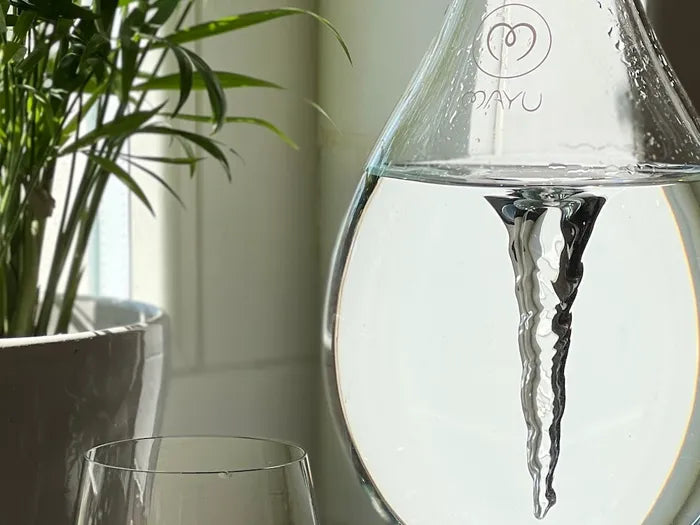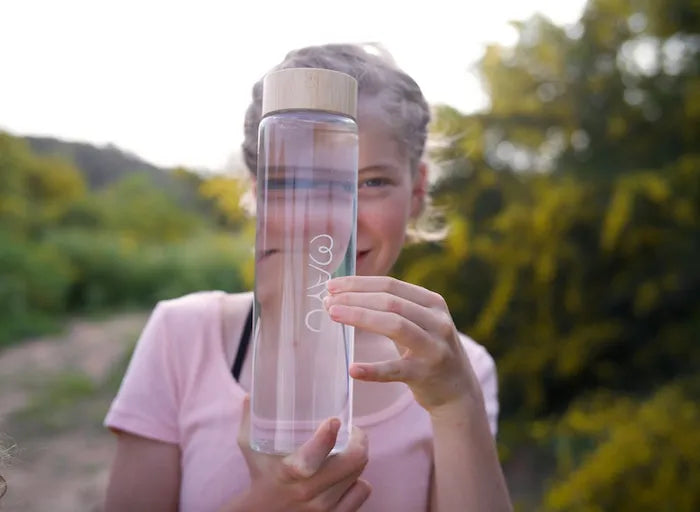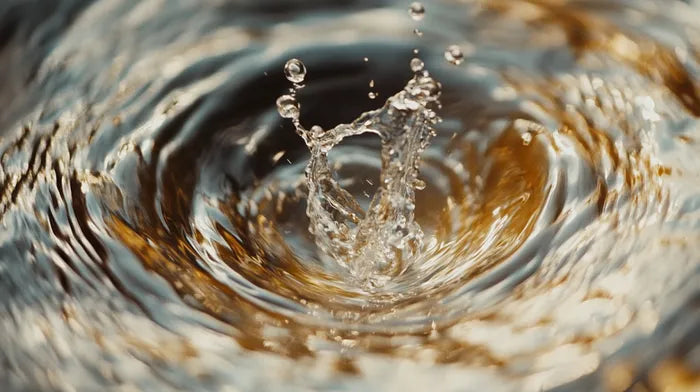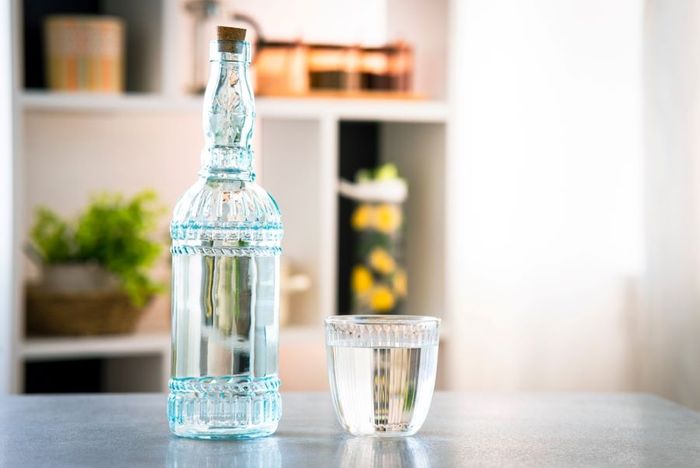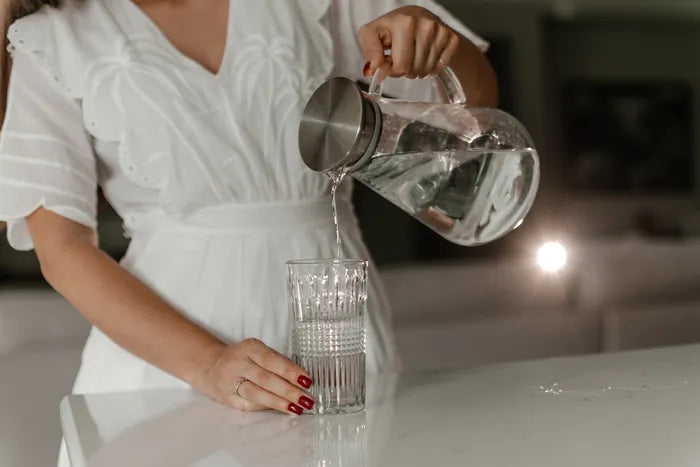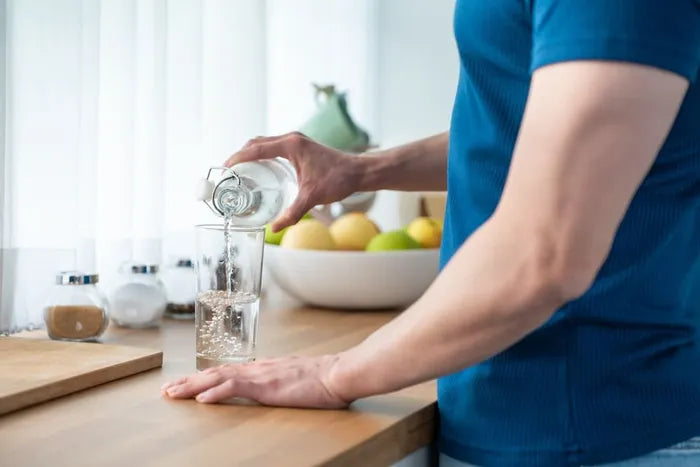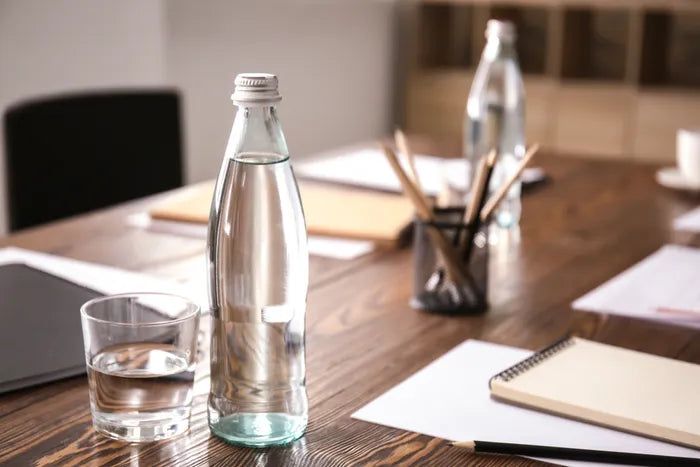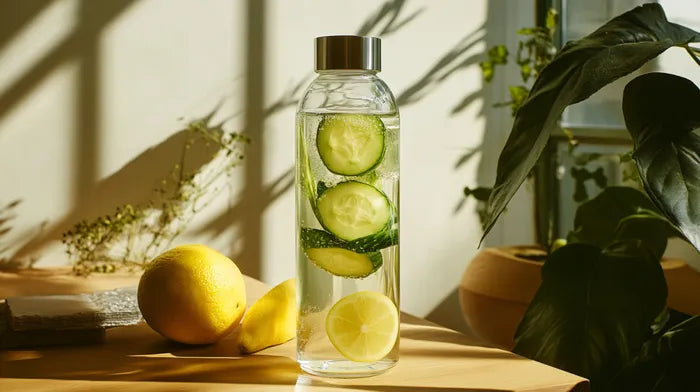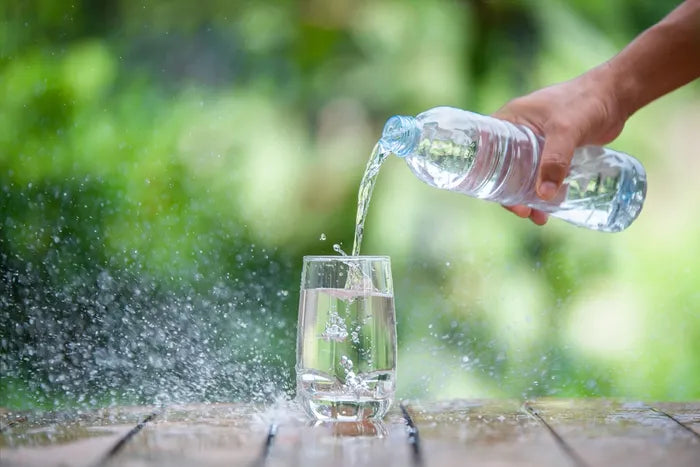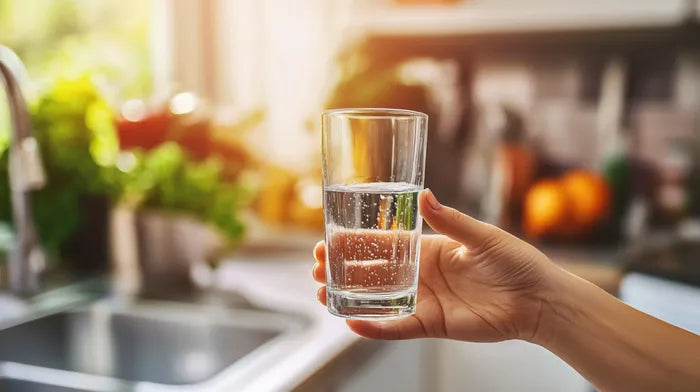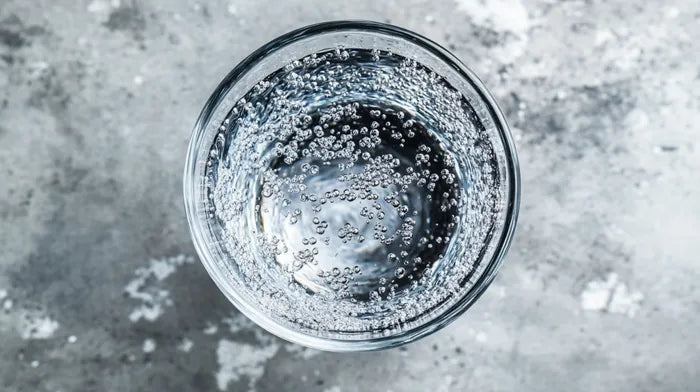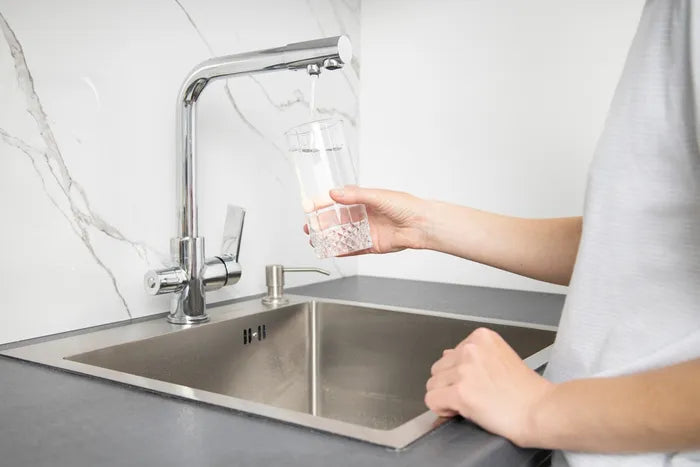Water Filter Lifetime: How Long Do Water Filters Last?
Don't let clean water become a guessing game. Learn the lifespan of your filter for a refreshing solution
Published June 28, 2024

We all know tap water isn't always perfect—filters can improve its taste and odor. Here's the thing: you need to change them regularly if you want them to keep working effectively.
But let's be honest; keeping track of replacements can be a pain. Before you know it, you're gulping down water that might not be any cleaner than what came out of the tap, which is a waste of money.
» If you care about clean water, consider using a water filter
Different Types of Filters and Their Lifespan
Choosing the right water filtration system depends on your needs and how often you want to replace it. Here's a breakdown of standard types and their typical lifespans.
Pitcher filters
Pitcher filters are the most common. They usually have an activated carbon highly textured surface area with lots of nooks and crannies. These small openings hold onto contaminants like chlorine, organic compounds, and unpleasant tastes and odors. Depending on the brand, you'll have to change them every 2–4 months.
» Explore ways to remove chlorine from your water
Faucet-Mounted Filters
Faucet-mounted filters include a preparation stage with a fine mesh or screen to trap larger particles like dirt, rust, and sediment. Then, they reach the activated carbon mesh we mentioned earlier.
These systems are prevalent among renters who don’t want to interfere too much with unit infrastructure. Depending on the brand, they typically last 2–4 months.
» Find out more about the pharmaceuticals in our water
Reverse Osmosis
These filters have microscopic holes that allow tiny water molecules to pass through while blocking bacteria, parasites, and sediment. They typically last 3–4 months.
» Discover alternatives to reverse osmosis for better-tasting water
This method uses a special semi-permeable membrane with holes sized to allow only water molecules to squeeze through while blocking dissolved solids and other contaminants. It is one of the most effective water filters.
Whole-House Filters
These filters offer comprehensive filtration for drinking, showering, laundry, and all other household uses. They use a physical barrier to trap large particles like dirt, rust, sand, and debris. Then, the water passes through activated carbon granules, which absorb contaminants.
Depending on the specific system, some may also use UV lights. They attack microorganisms like bacteria and viruses directly. This light disrupts their ability to function, rendering them inactive.
Because of the multi-stage process, some parts may require replacement every 2–3 months, while others might need it annually.
» Are you drinking enough water? Use these easy tips to check your dehydration status at home
Under-Sink Filters
Similar to whole-house systems, they rely on activated carbon's high surface area to absorb contaminants. They may also use ion exchange, a process in which a resin replaces unwanted ions—lead or copper—for harmless ones like sodium.
Under-sink filters are more convenient because they’re out of sight. Plus, you only need to change them every 6–12 months.
» Check out whether ion exchange filtering removes bacteria from water
Why Replacing Your Filter Regularly Matters
Over time, a clogged filter loses its ability to remove harmful substances. While replacing it may be an expense, it can save you money in the long run. If it gets clogged, you might get higher energy bills due to inefficiencies.
» Think all water is the same? Discover the different types of water
These devices also remove harmful contaminants from water, such as chlorine, lead, bacteria, and viruses. By changing them regularly, you avoid the risk of ingesting these toxic substances.
» Discover how water can protect and boost your immune system
Factors Affecting the Lifespan of Filters
The lifespan of your water filter depends on several factors:
- A high amount of minerals may strain your filter, reducing its effectiveness.
- More frequent use means quicker filter exhaustion. Filter life is based on processed water volume, not just how long you've used it.
- Higher-quality devices often use better materials and handle more water, which makes them last longer.
- Different filters have varying lifespans based on size and complexity. Whole-house and under-sink typically last longer than faucet-mounted or pitcher.
» Struggling to choose? Tips for selecting the right water filter
How To Make Your Filter Last
To ensure optimal performance and clean water, prioritize these actions to extend the life of your water filter:
- Replace your water filter according to the recommended schedule. Each one is unique, so consult the manual.
- A high mineral content can clog your filter faster, so make sure to soften hard water.
- Turn off the tap when not actively using it, and prioritize the filter for tasks that need clean water.
- Regularly clean and sanitize your filter according to the manufacturer's instructions. This helps prevent the growth of mold and bacteria.
- Faucet-mounted devices require an air gap between the filter and the faucet spout. By mounting the device correctly, you prevent contaminated water from flowing into the sanitized supply.
» Find out how you can soften hard water at home
Warning Signs: It's Time to Replace Your Filter
Here are some critical signs of a water filter that needs replacement:
- If the water flowing from your filter is slower than usual, it could indicate it's clogged with contaminants.
- A rancid taste or an unpleasant odor means the device is no longer effectively removing contaminants.
- Small particles, like sand or dark specks, indicate that the filter is no longer functioning correctly.
» Does your water taste bitter? Find out why
Understanding Your Water Quality Needs
Regardless of the filter type, neglecting replacements is a false economy. If it's clogged or expired, it won't remove contaminants. Replace it regularly to ensure clean water.
Finding the device depends on your needs. The MAYU | Full Cycle offers a solution with its multi-step process that mimics nature's cycle.
First, you purify the water using a reverse osmosis filter. Next, you replenish essential minerals lost during filtration—similar to condensation. Finally, you revitalize it by replicating the natural aeration in rivers and streams.
» Try the comprehensive full cycle water treatment












